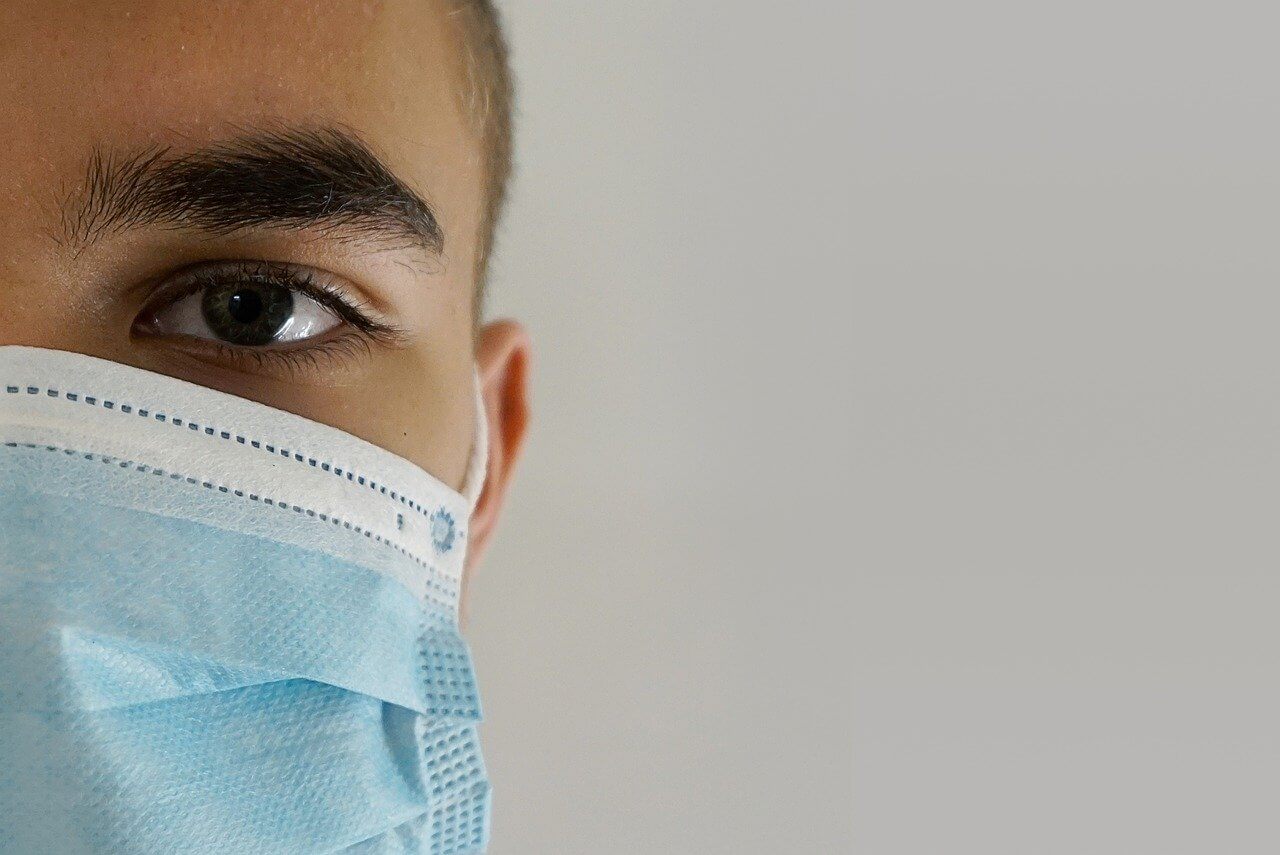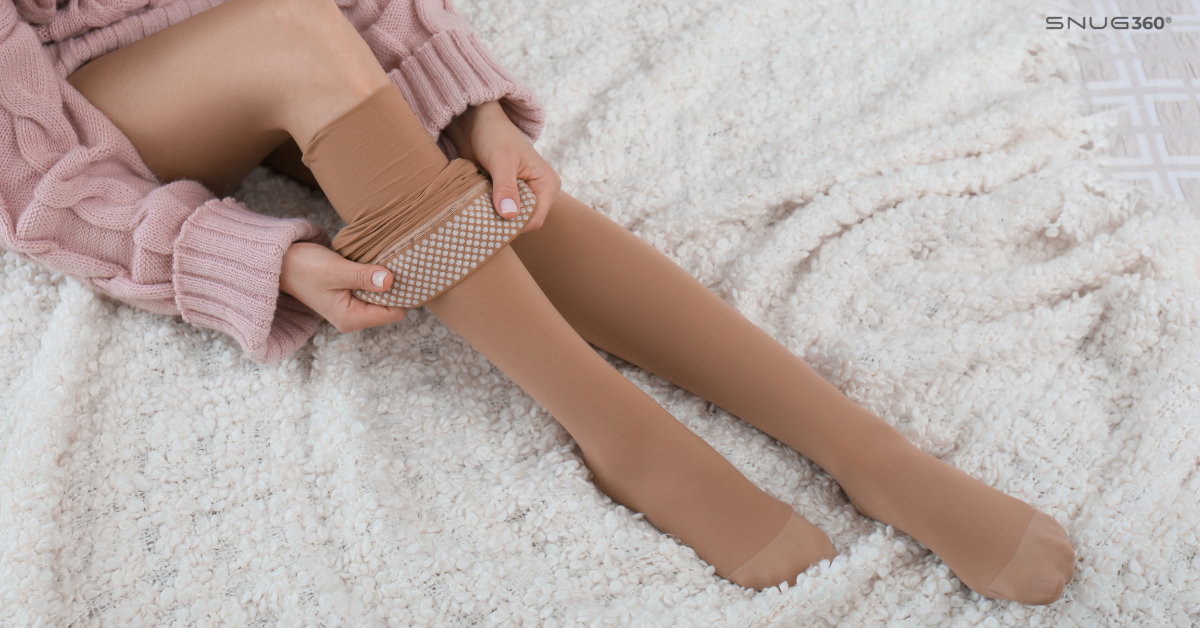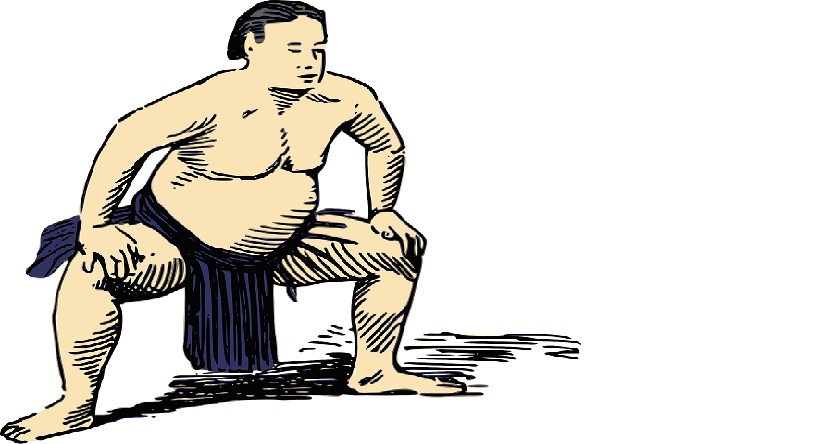Before this year, when you searched the word Face Mask, it came as a beauty product. The same was associated with ‘only’ for women and men who were bit of cosmopolitan. But after this Covid-19 novel Corona virus, it has become the necessity. Just after the announcement by WHO, the market went flooded with Face Masks and with different types. Let us understand the types of face masks and their feasibility. We will try to find out which one can be good for you and your health.
When do you need a mask?
1. Wear a mask if you are coughing or sneezing.
2. Masks are effective only when used in combination with frequent hand-cleaning with alcohol- based hand rub or soap and water.
3. If you wear a mask, then you must know how to use it and dispose of it properly.
What is the purpose of mask in protection? It saves the person for the inhaling or not to come in the contact of droplets, containing the infectious virus. These droplets may be released from sneezing, coughing or the touch with the surface. The psychology behind it is the habit. We do not have a habit as of medical professional and we touch our face often. Our mind is not ready to accept the change or to cover the face with the mask. So, to prevent the direct contact with the droplets or the virus, there is need of face mask. Look for masks made with at least 2 layers of fabric. It should cover your nose and mouth without large gaps. The mask should have ear loops or ties so you can adjust it. For people who wear glasses, look for a mask with a bendable border at the top so you can mould the mask to fit the bridge of your nose and prevent your glasses from fogging. Professional masks should be reserved for health care workers on the front lines caring for patients. There are different types of mask and it creates great confusion to decide which mask is useful for whom and when. There are two types of mask for the protection from coronavirus. Surgical Masks 2. Home-made masks 3. Respirators: respirator face masks are further divided into two categories insulating & filtering (N-95).
Surgical Masks or The Bluish green colored Face masks are those masks which are available at the pharmaceutical shops and their life is only for one day, if you may have sneeze or cough into it normally. It saves the person from contamination and means whether you may have direct contact with the virus or not, it is necessary to wear it But a surgical mask does not protect against “airborne” infectious agents so it will not prevent the wearer from being potentially contaminated by a virus such a Covid19 Novel Corona virus. For the Homemade face Masks, The WHO or World Health Organization have also issued guidelines in several ways of media to prepare the face masks with the fabric or cloth. But their durability is always in the question as it can be reused by boiling it in water containing the cleaning agent.
What are the best fabrics for making a mask? One study on how well fabrics filtered out certain germs gave these rankings: Tea towel (two layers) Vacuum cleaner bag Cotton mix fabric 100% cotton T-shirt (two layers) Antimicrobial pillowcase Standard pillowcase Scarf Linen The mask has to cover the upper respiratory area from the nose to chin. It derives the home-made masks or fabric mask into the type of five folded face mask. Homemade face mask has its own drawbacks. While homemade face masks offer some degree of protection, they offer a lot less protection than surgical masks or respirators. One study in 2008, indicated that homemade face masks may be half as effective as surgical masks and up to 50 times less effective than N95 respirators. These kinds of face masks are helpful for the person if the person is not exposed to highly contaminated area. It is news that, people made use of a coffee filter in home-made mask. The one extra pouch must be made inside the home-made masks. Paper towels have also been tested. One experiment found that two layers of paper towels on their own blocked between 23 and 33 percent of 0.3-micron particles. Proper hygiene practices are required to practice. The disposal of mask has always been in question. Therefore, social distancing stands the best methods of keeping yourself safe. The market is also flooded by different types of fabric based face masks, in which few are very incompatible as those do not cover the area of face from nose to chin.
Carbon face Masks are the one which blends the types of face masks. These face masks are made up of fabric but have the insulation or the activated carbon as a filter into. These masks contain an activated carbon filter, which help collect and filter out the pollutants and germs and breathe in purer air. Studies also say that carbon filters present in the mask may even improve your lung capacity and respiratory muscles, making it a good buy if you live in an extremely polluted city. That being said, these masks work very well in fighting pollution and tiny particles like bacteria and fungi which spread through the air we breathe in, and thereby, prevent allergies. However, they do not work exceptionally well in fighting or preventing viruses like COVID-19 from coming in contact. They can only trap a minuscule number of viruses (10-20%) and hence, may not be the best choice right now.
Respirators falls under the PPE i.e. personal protective equipment and their main function is to prevent the aerosol, dust, smoke, vapors, droplets, gases containing the harmful particles. The main difference in surgical mask and respirators is guard from the airborne contamination raised by the Coivd-19 Novel Corona Virus / SARS CoV-2 or against various bacteria and infectious agents like H1N1, SARS, etc. Though, it is very much necessary for the medical professional who are in the warzone or on the front with fight against this deadly corona virus. The respirator itself is generally circular or oval in shape and is designed to form a tight seal to your face. Elastic bands help hold it firmly to your face. Some types may have an attachment called an exhalation valve, which can help with breathing and the build-up of heat and humidity.
N95 Respirators (disposable) are the one which are highly in demand as these are especially made for healthcare workers. These face masks protect from the dust, mold or medical /environmental emergencies. But these face masks do not protect a person from gasses. N-95 can protect the healthcare workers from germs by blocking out at least 95% of small airborne particles – if worn correctly. N95 respirators are not one-size-fits-all. They must be fit-tested before use to make sure that a proper seal is formed. If the mask does not seal effectively to your face, you won’t receive the appropriate protection. After being fit-tested, users of N95 respirators must continue to perform a seal check each time they put one on. It is also important to note that a tight seal can’t be achieved in some groups. These include children and people with facial hair. P100 respirator/ gas mask (reusable) are made for the laborers who are exposed to lead, asbestos, solvents, and other dangerous chemicals on the job. Effective in the nature, but right now they are unnecessary. But why we are talking about it, because few have the infection from chemicals into sanitizers and it can be helpful for them, if they may wear it with precautions.
Full Face respirators or the powered air purifying respirator (reusable) may fall into the category of P100 respirators as the main difference is in the coverage area, full face and half face respectively. But the benefit in them is the fitting. It can be a better fit for people with breathing problems or robust facial hairs. Self –contained breathing apparatus (reusable), are specially made for the firefighters. It protects people who need to clean air in dangerously polluted situations or the very swampy areas. These were the face masks which are into the market. Now these have been produced and manufactured by the various companies and marketed on the websites. No doubt about in the fact that there is a big shortage of N-95 and surgical masks in the market for the medical professionals.
Standards of Face Masks There are different standard in Europe and the USA, regarding the face masks and the respirators and those are as follows: The United States of America has issued the guidelines under its institution i.e. National Institute for Occupational Safety and Health (NIOSH). The guidelines discuss the standards into following class of respirators in the proportionality or on the meter of oil resistance and those are as follows:
Class N: There is no oil resistance into it. Different levels of respirators have been defined into it, N95, N99 and N100. The number after the letter indicates the percentage of filtration of suspended particles.
Class R: Eight hours is the limit of this class of masks, on the parameter of oil resistance. Here the letter N is replaced by R i.e. R95, R99 and R100. It establishes the degree and the distinction between them.
Class P: Bang on the oil resistance. This class is completely oil resistant and they are into the grade as similar to above ones, P95, P99and P100. Europe has issued its own standards as per the EN 149: 2001 +A1:2009, a circulation published by the European Committee for Standardization, with the heading CEN/TC 79 – Respiratory Protective devices. It has also further divided into three categories of disposable particulate respirators. And these are:
FFP1: This refers to the least filtering of the three masks with an aerosol filtration of at least 80% and leakage to the inside of maximum 22%. This mask is mainly used as a dust mask and for the home renovations and various types of work.
FFP2: These face masks have a minimum aerosol filtration of at least 94% and leakage to the inside of maximum 8%. They are preferred in the work of construction, agriculture, and by the healthcare professionals against the fight with the influenza virus like H1N1, SARS etc. They are highly in demand due to protection against the Coivd-19 Novel Corona Virus / SARS CoV-2.
FFP3: It lies on the top because of its filtration. These face masks have a minimum aerosol filtration of at least 99% and leakage to the inside of maximum 2%. These face masks are the most filtering masks of the FFPs. They provide protection upto very fine particle like asbestos. Remember, a mask does not make you immune from SARS-CoV-2, the coronavirus causing the current pandemic. Physical and social distancing and hand washing are the most important ways to avoid catching the illness. Wearing masks may offer some protection, but mostly prevents you from spreading droplets in case you are infected and have no symptoms.
Millions of people across the globe have perished and it is predicted the numbers will double in quick time, the fight against this pandemic may go long. It becomes important for each one us to abide by the advises issued by the departments for the sake of survival and containment of spread. Wearing a Face Mask, a simple one though very vital and must be followed. Still this guide is incomplete. Why? Because people are experimenting in the field of mask for the protection from the coronavirus. In the current pandemic, situation there is a still hope of new designs which can make the human life better in the dire situations. A kid experimented with the 3D printer to produce the face shield and then donated them to the healthcare professionals. May be there is some geek or techie who is experimenting with the chip in the face masks, which may record the data or the droplets and the level of infection and immunity.









